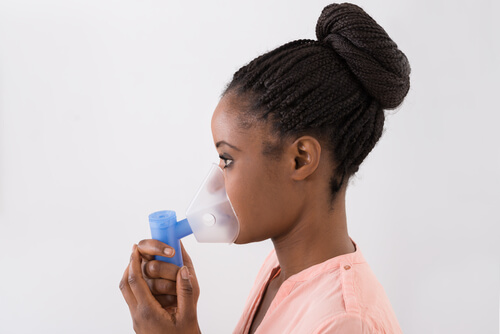
Pulmonary edema refers to a condition where excess fluid builds up in the lungs. This fluid collects in the numerous air sacs in the lungs, which makes it hard to breathe. Most of the time heart issues are the cause of pulmonary edema. However, there are other reasons that fluid may accumulate in the lungs. Pulmonary edema that suddenly develops is referred to as acute pulmonary edema and this is an emergency that requires care immediately.
At times, pulmonary edema can be fatal. However, the outlook improves if treatment is provided quickly. The treatment for the condition will vary based on what is causing the issue. Most of the time medications will be provided as well as supplemental oxygen. No matter what, if you are experiencing symptoms of pulmonary edema it is important to get treatment right away. Here are 8 conditions that may cause a person to develop pulmonary edema.
1. Cardiogenic Pulmonary Edema
Pulmonary edema that is caused by an increase in pressures of the heart is referred to as cardiogenic pulmonary edema. This condition will often occur when the left ventricle of the heart becomes diseased or overworked. When this occurs the pressure will increase inside of the left atrium. This pressure will then move to the capillaries and the veins located in the lungs.
This causes fluid to push through the walls and then inside of the air sacs. When the fluids enter the lungs it can make it difficult to breathe. There are different treatments available that can help to alleviate the pressure that is causing the problem in the first place. It is important to make sure that you are going to your doctor on a regular basis so that your heart and lungs can be monitored and proper treatment can be provided. This improves the chances of survival greatly.



